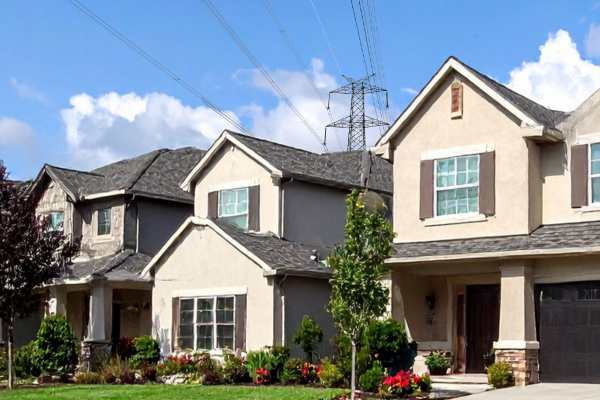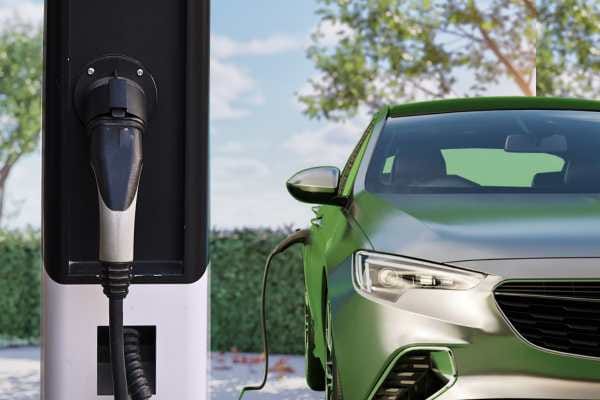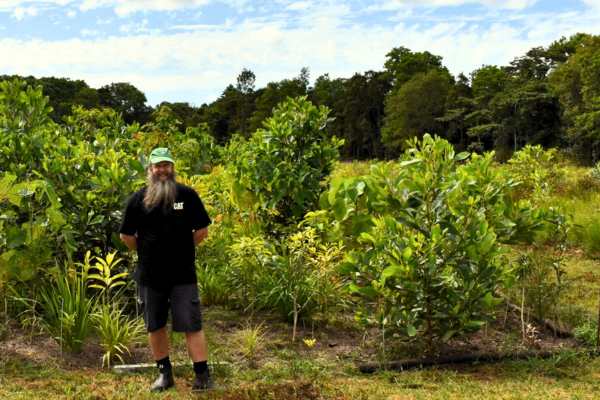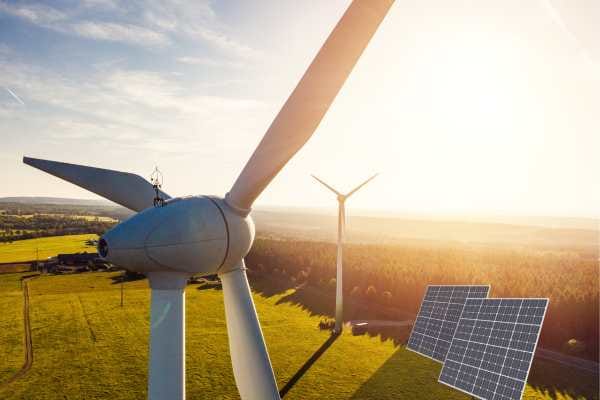Free power for Aussie homes
As the net zero political debate grabbed headlines earlier this month, Australia's federal government unveiled a plan to offer households three hours of free power.

A federal government plan to make better use of abundant rooftop solar could see households accessing three hours of daytime electricity from mid next year.
The initiative announced earlier this month is called Solar Sharer and proposes that electricity retailers offer households at least three hours of free power in the middle of the day as part of retail energy market reforms to be introduced next year.
The plans, outlined in a federal government announcement in early November, will require retailers initially in NSW, South East Queensland and South Australia to deliver free electricity during the solar peak each day, regardless of whether households have solar panels installed.
The government says the Solar Sharer scheme would shift household energy use into periods when the flow of electricity into grid is at its highest, encouraging households to absorb the surplus.
Rising power bills have emerged as a hot-button issue, with some political campaigners citing misleading associations between rising energy costs and the transition to renewable energy.
"People who are able to move electricity use into the zero cost power period will benefit directly, whether they have solar panels or not and whether they own or rent."
In fact, climate and energy analysts agree that rising power bills are influenced more by geopolitical events that have caused gas and coal prices to rise.
"There’s a lot of misinformation out there about what’s to blame for high electricity costs, but the truth is, polluting and expensive fossil fuels like coal and gas are the main culprits," the Climate Council says.
"That’s because expensive gas and unreliable coal are continuing to drive up wholesale power prices (the prices our electricity retailers pay), which make up a large proportion of our power bills."
Australia now has more rooftop solar capacity than all remaining coal-fired power stations combined, the government says. With over 4 million rooftop systems installed, daytime generation regularly exceeds demand, pushing wholesale prices very low or even negative.
Balancing the grid
This imbalance means the grid often has more electricity available at midday than is being used by households.
Under the proposed scheme, retailers would offer households at least three hours of free daytime electricity. Households that opt in to the scheme would need a smart meter and the ability to time-shift electricity use such as running appliances, charging electric vehicles or home batteries during the free period.
According to the government, those who are able to shift some of their electricity use into these free periods will see lower bills, while reducing evening electricity usage peaks could also cut system-wide costs and lower the need for costly grid upgrades.
The Solar Sharer scheme is expected to be available from July next year in NSW, South-East Queensland and South Australia under the Government's Default Market Offer (DMO), with consultation underway to potentially expand it nationally by 2027.
Minister for Climate Change and Energy Chris Bowen said: “People who are able to move electricity use into the zero cost power period will benefit directly, whether they have solar panels or not and whether they own or rent, and the more people take up the offer and move their use, the greater the system benefits that lower costs for all electricity users will be."
“Free daytime power for families across Australia is proof that what’s good for the planet is good for your pocket."
Rising cost of coal
Experts warn that the cost of delaying the transition to renewables could prove far more expensive for consumers than reliance on more traditional power sources such as coal and gas.
"We have coal-fired power stations across Australia reaching the end of their intended lifespan with 90 per cent due to retire by 2035 and 60 per cent of them now over 40 years old. As they age, they are becoming increasingly unreliable, resulting in pressure on the electricity grid – this means higher electricity prices,” Clean Energy Council chief executive Kane Thornton says.
“Our modelling confirms that continuing to deploy renewable energy will keep wholesale electricity prices as low as possible. Clean energy not only works for Australia but it’s the cheapest path forward for our electricity bills.”
Solar Sharer is a regulated electricity offer that would require retailers to provide households with at least three hours of free power during the middle of the day when solar generation is strongest. The aim is to absorb the surplus daytime solar that currently pushes wholesale prices to very low or negative levels. Participating homes would need a smart meter and the capacity to shift energy use into the 'free-power' window by running appliances, air conditioning, pool pumps, EV or home battery charging. Solar Sharer is scheduled to begin in July 2025 in NSW, South-East Queensland and South Australia, with potential expansion to other states by 2027 following consultation, according to the government.
Related stories











